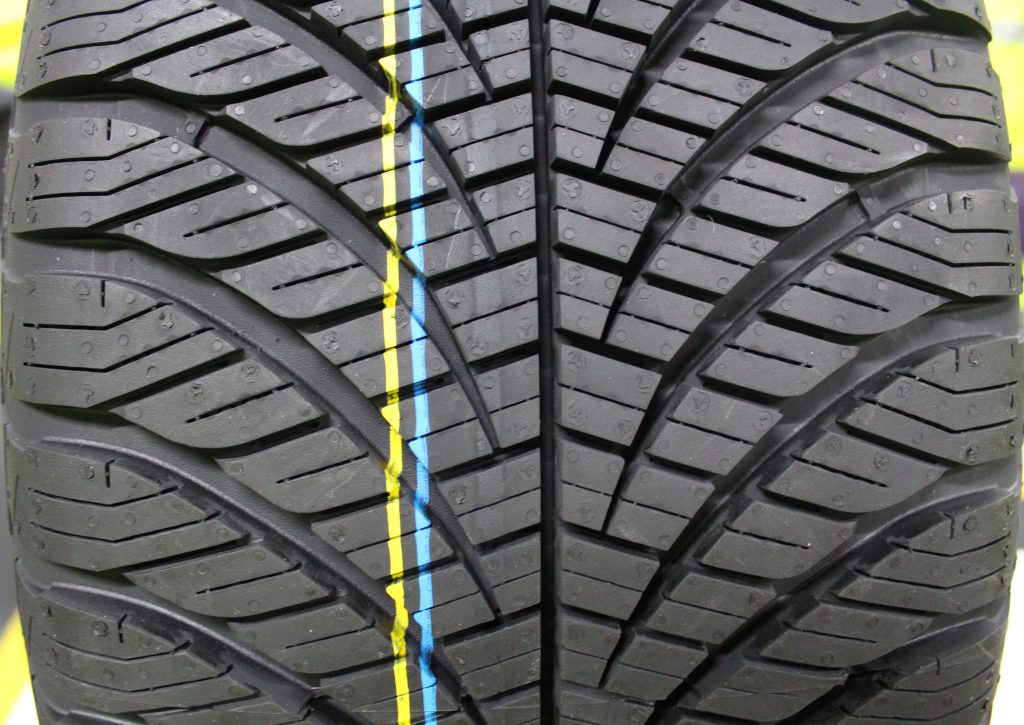If you are a dad, then the likelihood is that you will be driving your own – and other people’s kids – around from time to time. Whether it is the school run, dropping children off at a birthday party or taking a family holiday together by road, most fathers want to know their cars are safe to travel in. Of course, car tyres are a crucial component of road safety. What tips should you be following to make sure you and your passengers remain safe?

Pump Up Car Tyres
To begin with, you should inflate your tyres to the recommended level. Partially flat tyres don’t grip as well when cornering while over-inflated tyres only use one portion of the tread to grip fully which can lead to increased braking times. Dads who want to lower their motoring expenditure should also note that keeping tyres pumped up properly lowers fuel consumption by leading to a reduced level of rolling resistance.
Ensure Your Spare is Roadworthy
You don’t have to have a spare tyre to be legally allowed to drive on British anywhere from Wakefield to Wellington and from Wolverhampton to Wrexham. However, you will regret not having one if you suffer from a blowout because waiting for roadside assistance when you need to pick kids up can be very stressful for all concerned. It’s much better to be able to change your when if you need to.
Book Services and MOTs
Tyres are checked during a service so make sure you don’t skimp on servicing. Faults like sidewall bulges – which can be dangerous to adults and children alike – might not be picked up otherwise. Book your MOT in Pontefract at Reg Greenwood if your car has turned three years of age. Not only are MOTs a legal requirement all over the UK, with some specific exemptions, but they also mean your tyres have to be in good working order to pass.
Inspect Tyres Frequently
Finally, it is worth checking the state of your tread once in a while. A visual inspection will reveal a bald spot, of course, but not how much tread you have left until your tyre is no longer legal to drive with. Buy a tread depth gauge and insert it into your tyres around the circumference of each one. This way, you’ll have a much better idea of when you will need to buy new ones before they’re no longer roadworthy.






